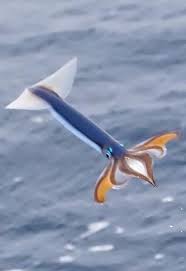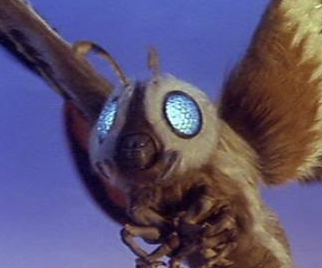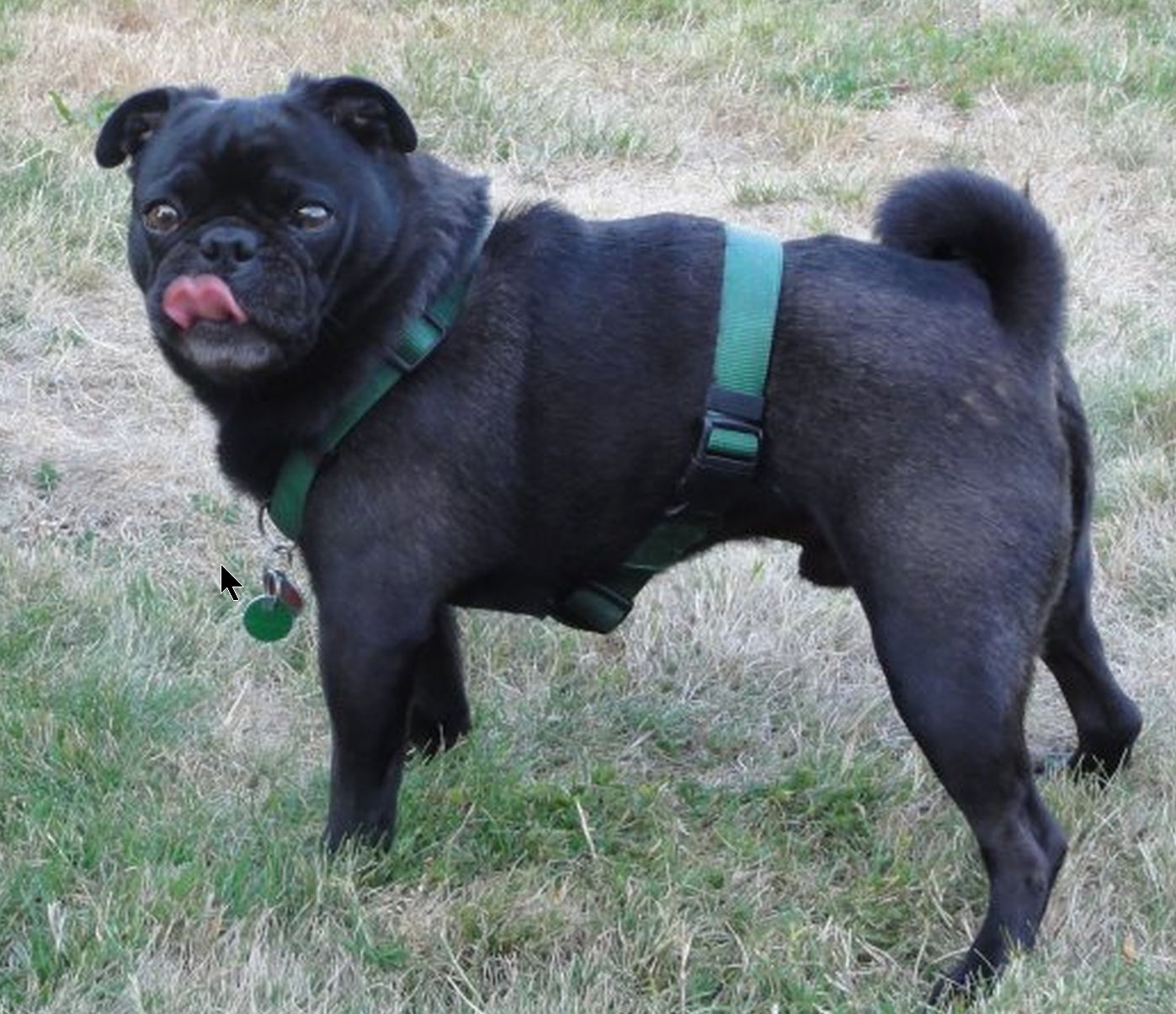What evolutional benefit is that?
I’m not sure of the answer, but generally not everything has to have an evolutionary benefit. As long as it isn’t detrimental to a species reproducing, it will continue to exist in the population.
Someone will likely chime in with a more complete answer but the short answer is large therapods had big heads because they needed big strong heads for killing big strong prey.
If a stronger bite results in more successful kills, that creates a selective pressure towards the individuals with stronger bites. Weak bite dinosaurs die. Strong bite dinosaurs live.
To get a stronger bite, you need a lot of features. (Ex. more muscles, different structural elements) and this generally leads to heads getting bigger because big heads have more places for muscles and will then bite harder. Plus, bigger heads can bite bigger things (like, bigger necks).
The opposite is true for the tiny arms. The arms are not tiny because it’s beneficial for them to be that small. They’re tiny because there’s no reason for them to be big.
If you have two individuals. They both have big powerful legs, and big powerful heads but one also has thick ole arms. If those arms don’t provide any advantage to the individual, then they just cost energy, and put that individual at a disadvantage because they spent energy on arms while the other guy did just as well without them.
There is a much better, much more science-y answer to this too but I hope this helps in a more basic sense.
And I bet there are some cool YouTube videos and such on this exact thing if you want to do further research.
The opposite is true for the tiny arms. The arms are not tiny because it’s beneficial for them to be that small. They’re tiny because there’s no reason for them to be big.
It is theorised that it might actually have been an advantage to have smaller arms, so there may have been some selective pressure:
“What if several adult tyrannosaurs converged on a carcass? You have a bunch of massive skulls, with incredibly powerful jaws and teeth, ripping and chomping down flesh and bone right next to you. What if your friend there thinks you’re getting a little too close? They might warn you away by severing your arm”
https://phys.org/news/2022-04-rex-short-arms-lowered-frenzies.html
In case of larger species with a tremendous bite force getting bitten in the arm would probably result in very bad, and likely very short, times.
interestingly, the opposite happened in south america, where megaraptors evolved long arms with more flexible hands for hunting prey
deleted by creator
Whaaat? As if a trex could push itself anywhere with it’s arms, that’s ridiculous!
We only know what their bones look like. Maybe they were swole af from all those T-Rex push-ups.
deleted by creator
Keeps them from masturbating, allows them to transmute their sexual energy into raw power when not actively engaging in sex.
The dinos invented nofap
Man, you are gonna look so foolish when that fossil is found.
There were some articles last year that said they think T-Rexes had small arms so they don’t get bitten off when competing for food with other T-Rexes.
Before anyone goes and asks why they had arms to begin with, remember that whales tend to have very tiny legs on the inside of their bodies.
Their vestigial hip bones serve as an anchor point for their genital muscles. Those have to anchor somewhere or the whale can’t reproduce
Just imagine a whale walking around on tiny legs.
That’s probably what drove them into the water in the first place—everyone laughing at the way they walked around.
You haven’t been to the Midwest, have you?
Do y’all have whales and no one told me?
Oh, they got some biggins. Some even get electric wheelchairs to move about. I hear West Virginia has the most though.
Sauropods had tiny heads and huge legs. So it varies. Evolution is an amazing thing.
Ah man I thought this was on dad jokes for a minute.
arms wont just “go away” when an organism evolves to use them less, and eventually would become vestigial. However I think that this question relies on a sweeping generalization that is not backed by evidence, only supported by media and the way we usually see dinos depicted
So just because a living thing has a certain feature doesn’t mean that feature is advantageous. It simply means it doesn’t hinder reproduction. Dinosaurs in particular are also difficult to study since we really only have bones to go off of. Animals alive today often look nothing like their bone structure suggests so we might be thinking of dinosaurs all wrong.
From some googling, it seems scientists are guessing as the heads became larger, the arms became smaller. Their giant heads are thought to provide bone crushing jaw strength. Maybe their giant heads used up so much energy that maintaining complex limbs was too much. Another thought is that they ate in packs and limbs would get in the way while pack eating.
I’m sure someone else can chime in with a better reply.
First, not all dinosaurs have large heads and tiny arms. But you are right that some were like that, like famous Trex for example.
The large head is so that these dinosaurs can have a large mouth. A large mouth means they can attack larger prey with it. That’s beneficial if you are big, because you can eat with one kill as opposed to spending the whole day trying to find enough small prey. It’s also beneficial if most prey available is large.
The small arms are simply because they didn’t need them to hunt or defend themselves, or to move around. The mouth and legs alone were enough as these dinosaurs evolved, and so the advantage of having small arms is that you don’t waste body resources and energy in growing and maintaining unecessary limbs.
The best answer comes down to two factors; oxygen and food. Oxygen levels were much higher 45 million years ago than they are today, and exposure to high amounts of oxygen have shown to drastically increase the productivity of the human body, so why not the same for animals. Second comes down to food. The more food, the more of an animal. The bigger the prey, the bigger the preditor needs to be or they need to be in greater numbers. When creatures like brachiosaure exist, it would understandable be difficult to kill it when small, thus animals that were larger would have better chances, or conversely animals that worked together. Of course, this is somewhat speculation and there could be other factors involved, but this is the simplest answer that makes sense.
arms were evolving to become vestigial
Start with long arms and walk on all fours. Evolve to walk bipedal and have shorter arms. The dinosaurs you’re thinking of are just in the process of evolving and might have eventually evolved to have no arms unless those little shorties are advantage somehow. (Holding on during mating, evolving towards wing development) Some modern snakes still have little nubbins where their legs used to be.





